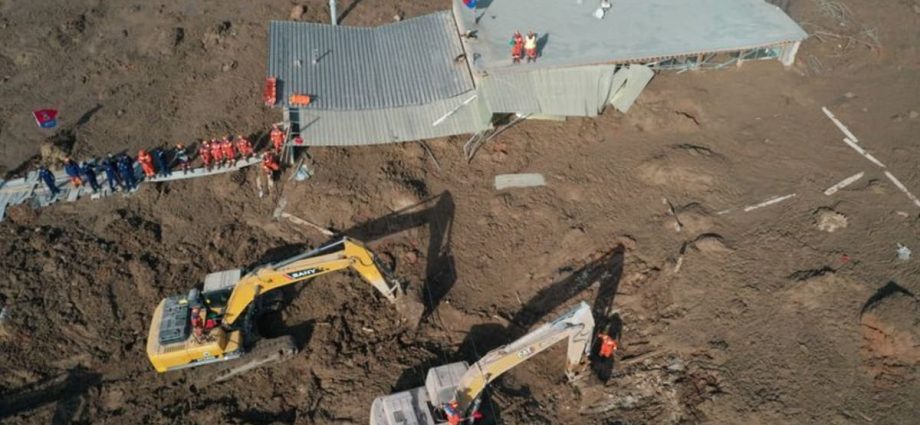
The tragedy in disaster-hit Qinghai and Gansu, home to many Hui people, a tight-knit ethnic minority characterised by its distinctive Muslim identity, has renewed concern over outdated and poorly built homes.
Many of the homes destroyed were made of earth-wood or brick-wood structures. Their load-bearing walls were constructed from earth, providing little defence against any earthquake, say local authorities.
Gansu, Qinghai, Tibet, Xinjiang and the rugged highlands in Sichuan and Yunnan are located on the fringe of the geologically complex Qinghai-Tibet plateau.
Many populations living near the edge of the plateau, often atop active fault lines, are rural farmers and herders subsisting on very low incomes.
Han Ting, 33, whose village in Gansu was nearly wrecked by the quake, chose to stay put in an emergency tent set up by relief workers because of fears her partially damaged family home could still collapse on her.
“The prefab house assigned to us is also a bit far, so we still choose to stay here in the tent,” said Han, one of the thousands of Hui people who live in the area.
“It’s not too cold at the moment, and we aren’t lacking in daily necessities, and the children have also resumed school.”

